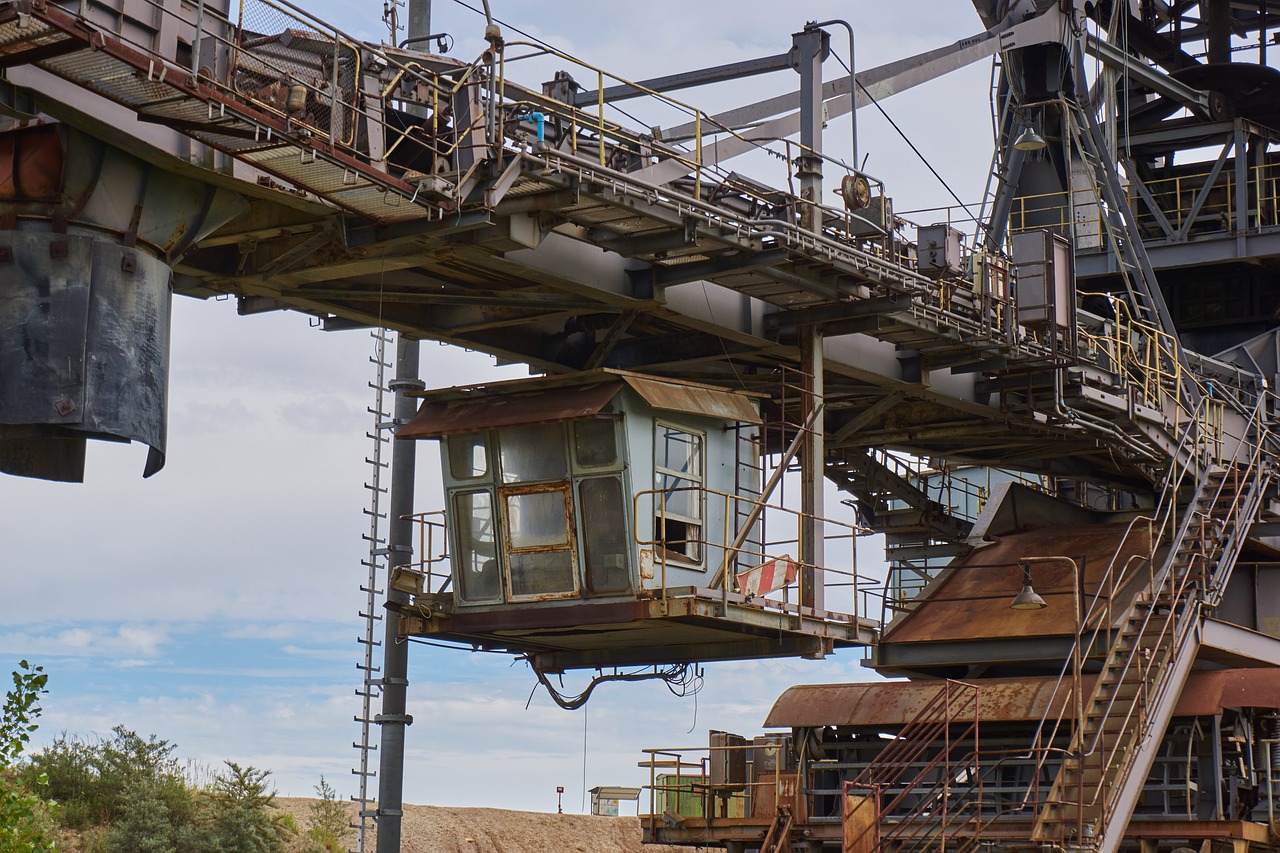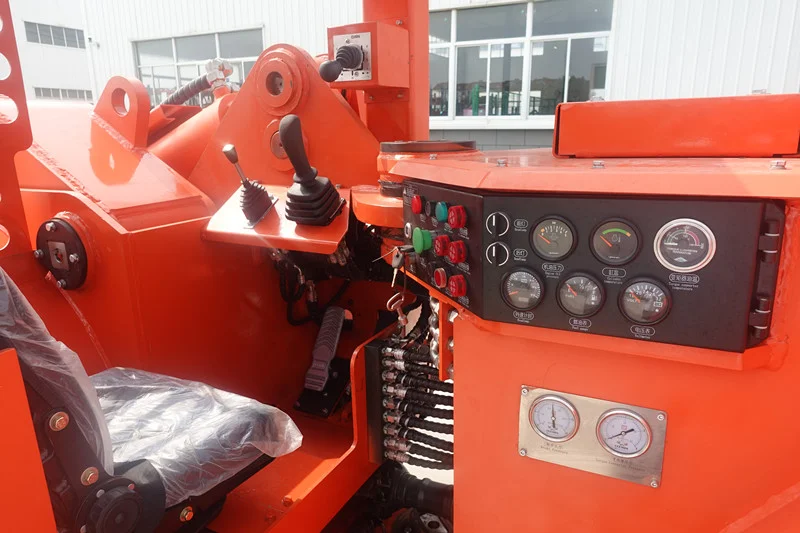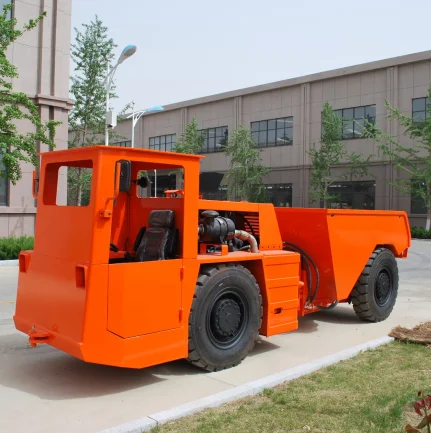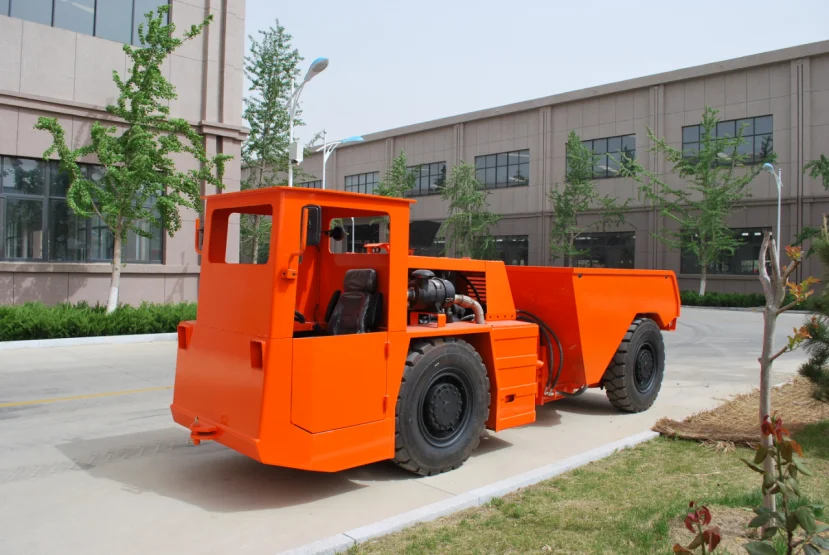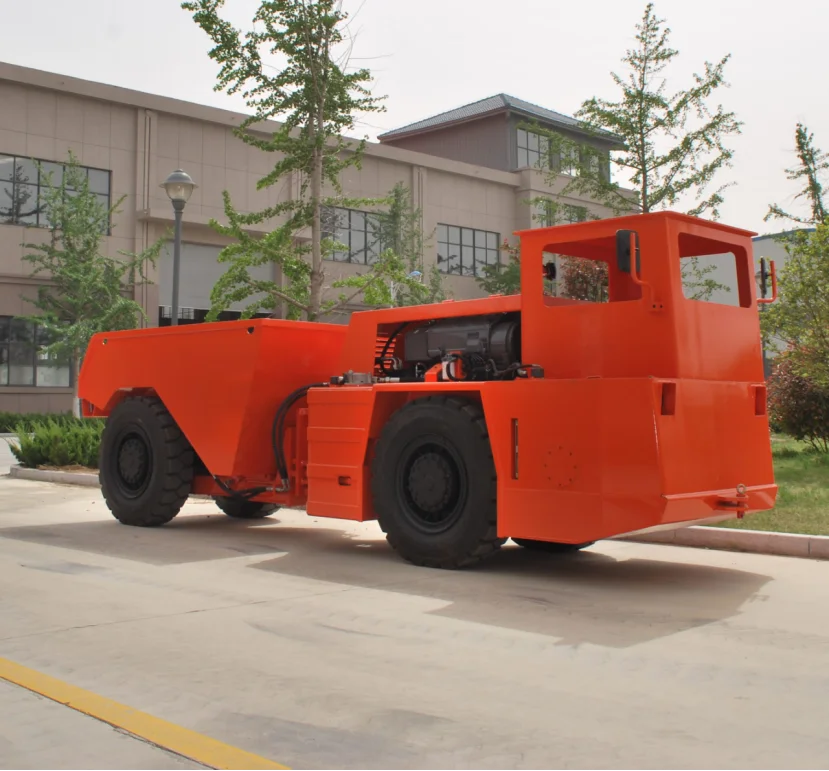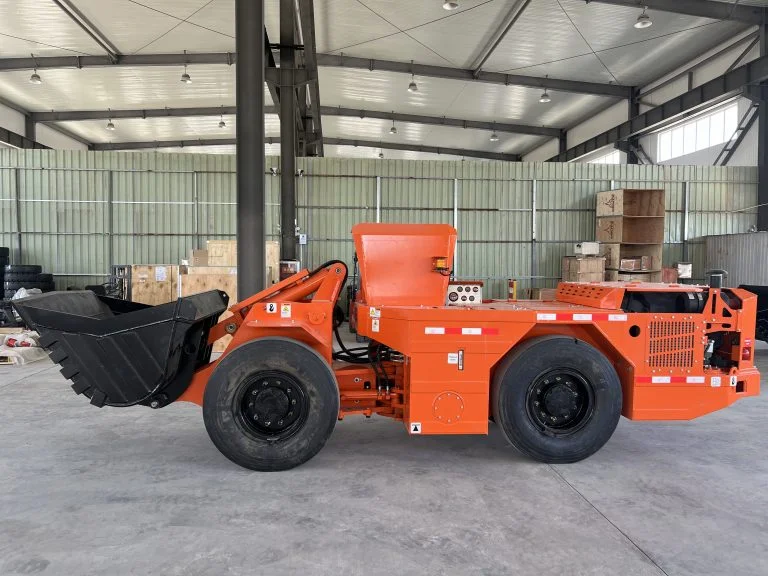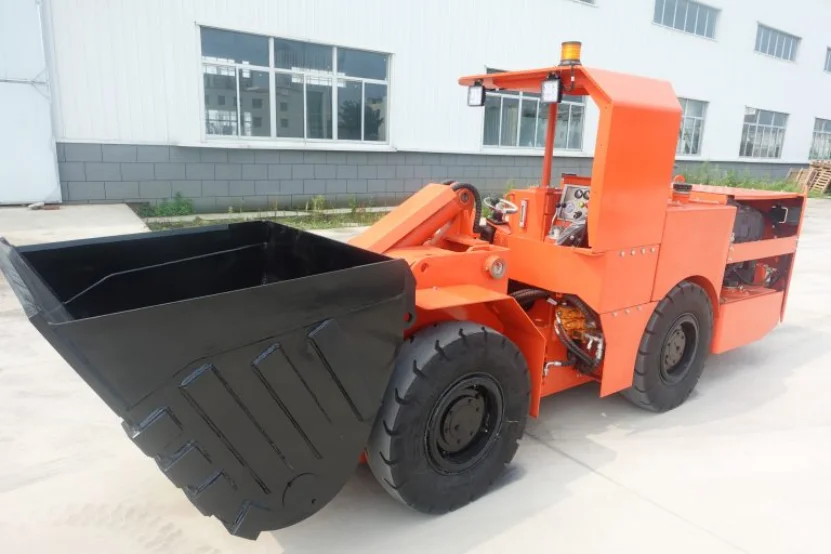Understanding Underground Mining
Definition and Overview
Underground mining refers to a method of mining where mineral resources are extracted from beneath the earth’s surface. This technique is employed when the ore body lies deep below the surface or the surface mining methods are impractical due to the landscape, depth, or other environmental factors. The use of underground mining allows access to vast deposits of minerals that otherwise would be left untapped. Typically, underground mining operations are more complex and require advanced planning and technology.
History and Evolution of Underground Mining
The history of underground mining dates back to ancient civilizations, where rudimentary techniques saw the extraction of precious minerals. Over the centuries, innovations in technology and methodologies transformed underground mining into a sophisticated and highly efficient process. Early methods relied on manual labor, but the advent of the Industrial Revolution introduced mechanized equipment, enhancing productivity and safety. Today, modern underground mining leverages computerized systems, cutting-edge machinery, and advanced safety protocols, epitomizing the dynamic evolution of the industry.
Types of Underground Mining Techniques
Room and Pillar Mining
Methodology
Room and pillar mining is a prevalent method used primarily for coal and sometimes metal mining. In this technique, miners create a series of “rooms” while leaving “pillars” of untouched material to support the roof. This structured pattern ensures that the mine remains stable. The process begins with the development of access entries and then systematically extracting the material using continuous miners. Unlike other methods, room and pillar mining can be conducted without the immediate need for support structures, making it an efficient choice for certain types of deposits.
Applications and Advantages
The applications of room and pillar mining extend mainly to the extraction of flat-lying deposits where the ore body is relatively wide. One significant advantage is its ability to provide immediate ore extraction without extensive preparatory work. Additionally, this method allows for flexible planning and can be adapted to various mining situations. The pillars left in place provide natural support, reducing the need for artificial support mechanisms and thus lowering operational costs. Moreover, the method ensures a safer environment for miners due to consistent roof stability.
Longwall Mining
Technique Description
Longwall mining is another high-efficiency method primarily used for coal extraction. This technique involves a longwall setup where a large, rectangular block of coal is mined in a single slice. A specialized machine, known as a shearer, traverses the length of the wall, cutting the coal, which then falls onto a conveyor belt for removal from the mine. Roof supports are temporary and advance with the shearer, collapsing the roof behind the mined section to prevent instability. This method is favored for its ability to extract large volumes of material quickly and efficiently.
Benefits and Challenges
Longwall mining offers several benefits, including a high extraction rate and the ability to manage large-scale operations with fewer workers. This technique ensures higher productivity and lower cost per ton of coal extracted. However, challenges include managing the collapsing roof area, ensuring adequate ventilation due to the extensive size of the mining area, and the initial capital investment for the specialized equipment and setup. Furthermore, longwall mining requires precise planning and skilled operators to manage the advanced machinery and ensure safety protocols are strictly followed.
Block Caving
Process Explanation
Block caving is a highly efficient underground mining method used mainly for extracting low-grade, large ore bodies, particularly those found in copper, gold, and diamond deposits. The process involves undermining an ore body and allowing it to progressively collapse under its own weight. This method is akin to a controlled form of landslide where the fragmented ore is collected at the bottom of the collapse zone. The process starts with the development of a series of tunnels under the ore body. Hydraulic or mechanical means are then used to initiate the caving process, ensuring that the ore material flows in a controlled manner to collection points where it can be transported for processing.
Use Cases and Efficiency
Block caving is particularly effective for ore bodies with a consistent and relatively low-grade mineral distribution. Its efficiency lies in its ability to economically extract large volumes of ore with minimal surface disturbance. This method offers substantial cost savings over other underground techniques due to its lower operating and development costs per tonne of ore mined. However, it requires a significant initial investment in infrastructure to establish the caving operation. When executed properly, block caving can achieve high production rates and extended mine life, making it a highly attractive option for large-scale mining operations.
Safety Measures in Underground Mining
Common Risks in Underground Mining
Underground mining poses several inherent risks, including the possibilities of cave-ins, gas explosions, flooding, and exposure to hazardous substances. The confined spaces in underground mines increase the likelihood of accidents and complicate rescue operations. Additionally, the presence of flammable gases and dust can lead to fires or explosions. The physical strain on miners working in such challenging environments also cannot be underestimated, potentially leading to health complications over time. These risks necessitate stringent safety measures to protect mine workers and ensure operational efficiency.
Modern Safety Equipment and Practices
Ventilation Systems
Effective ventilation is crucial in underground mining to ensure the removal of hazardous gases and maintain a supply of fresh air. Advanced ventilation systems incorporate high-capacity fans, air-conditioning units, and air-purification equipment to control the mine atmosphere. These systems are often monitored in real-time using sophisticated sensors to detect gas levels, temperature changes, and airflow patterns. Proper ventilation not only enhances worker safety but also increases the efficiency of mining operations by providing a stable working environment.
Protective Gear
Protective gear is an essential component of underground mining safety protocols. Miners are equipped with helmets, steel-toed boots, gloves, and respirators to protect against physical injuries and respiratory hazards. Modern advancements have led to the development of more sophisticated protective equipment, including self-rescue devices, which supply breathable air in emergencies, and wearable technology that monitors a miner’s vital signs. The use of such gear significantly reduces the risks of injuries and enhances the overall safety of underground mining operations.
Environmental Impact of Underground Mining
Positive Aspects: Reduced Surface Impact
One of the key environmental benefits of underground mining is the reduced surface impact compared to open-pit mining. Since the operations are conducted below ground, the disruption to surface ecosystems, wildlife habitats, and landscapes is minimized. This helps in preserving the natural beauty of mining areas and reduces the ecological footprint of mining activities. Additionally, underground mining generates less waste rock, which aids in minimizing the visual and environmental impacts associated with large waste dumps.
Negative Effects: Ground Subsidence and Water Contamination
Despite its advantages, underground mining can have negative environmental impacts such as ground subsidence and water contamination. Ground subsidence occurs when the surface above a mined-out area collapses, leading to the formation of sinkholes and shifts in the landscape. This can damage infrastructure, habitats, and agricultural lands. Water contamination is another significant issue, as mining operations can introduce pollutants and heavy metals into groundwater and surface water bodies, harming aquatic ecosystems and potentially affecting drinking water supplies.
Mitigation Strategies
To mitigate these negative effects, mining companies implement a variety of strategies. Ground subsidence can be managed through careful mine design, controlled use of explosives, and the reinforcement of critical areas with backfill materials. Water contamination is addressed by treating mine water before discharge, using water recycling systems, and implementing strict waste management practices to prevent pollutants from leaching into the environment. Furthermore, progressive reclamation of mined areas and continuous monitoring are crucial in minimizing the long-term environmental impact of underground mining activities.
Economic Factors Influencing Underground Mining
Cost Analysis
Underground mining is typically more capital-intensive than surface mining due to the need for specialized equipment and infrastructure. Initial costs include expenses for shaft sinking, tunnel development, and the setup of ventilation, ore handling, and safety systems. Operational costs encompass labor, maintenance of machinery, and energy consumption. While these costs can be significant, advancements in technology have helped in optimizing processes and reducing expenses over time. Understanding and managing these costs are pivotal in determining the economic viability of an underground mining project.
Labor Considerations
Labor is a critical factor in underground mining, showcasing both challenges and opportunities. Skilled labor is required to operate sophisticated mining equipment and manage complex operations. The safety and well-being of mine workers are paramount, necessitating comprehensive training programs and adherence to stringent safety protocols. Despite the demanding nature of the work, underground mining can offer lucrative employment opportunities in remote areas, contributing to local economies. Innovations in automation and remote operations are gradually transforming labor dynamics, potentially reducing the physical demands on miners while enhancing efficiency and safety.
Future Trends in Underground Mining
Technological Advances
The future of underground mining will be significantly shaped by technological advances. Automation and robotics are set to revolutionize traditional mining practices, allowing for remote and autonomous operations that enhance safety and efficiency. Drones and advanced surveying tools provide detailed mapping of underground conditions, improving planning and decision-making. Artificial intelligence and machine learning are being integrated to optimize resource extraction and predictive maintenance. These technological advancements are aimed at reducing operational risks, increasing productivity, and lowering the environmental impact of mining activities.
Sustainable Practices
Sustainability is becoming a core focus in underground mining, with companies striving to minimize environmental footprints while maximizing resource efficiency. Renewable energy sources, such as solar and wind power, are being integrated into mining operations to reduce reliance on fossil fuels. Water management practices are being improved to ensure the sustainable use of this critical resource. Additionally, progressive land reclamation and biodiversity preservation measures are being adopted to restore mined areas and protect local ecosystems. The shift toward sustainable mining practices is driven by regulatory pressures, community expectations, and the long-term viability of mining enterprises.
Final Thoughts on Sustainable and Efficient Underground Mining
In conclusion, underground mining continues to evolve with advancements in technology and a growing emphasis on sustainability. While it presents a range of challenges, including high costs and environmental concerns, modern techniques and safety measures are effectively addressing these issues. Future trends indicate a move toward more automated and eco-friendly practices, promising a balance between resource extraction and environmental stewardship. By embracing these innovations and maintaining a commitment to safety and sustainability, the mining industry can ensure a responsible and productive future.
Yantai Chi Hong Machinery Co., Ltd. is a well-known manufacturer of underground mining equipment.
Yantai Chi Hong Machinery Co., Ltd. is a leading supplier in China’s mine machines manufacturing industry, specializing in underground mining products. With 12 years of experience, they have established a complete system for research, production, sales, and services.
Their underground mining products include five main series:
- WJ series underground LHD loaders: These loaders have a capacity ranging from 0.6 cbm to 6 cbm and are designed for efficient underground mining operations.
- UK series underground dump trucks: These trucks have a capacity ranging from 6 tons to 30 tons and are specifically designed for transporting materials in underground mining environments.
- Pick scalers: These tools are used for scaling loose rocks and debris in underground mines, ensuring a safe working environment.
- Rock breakers: These tools are designed to break large rocks and boulders in underground mining operations.
- Drilling jumbos: These machines are used for drilling holes in underground mines, enabling the extraction of minerals and resources.
In addition to their mining machinery, Yantai Chi Hong Machinery Co., Ltd. also manufactures rock drilling tools and mining spare parts. Their products have obtained EU CE certification and ISO9001:2015 international quality certification, ensuring their reliability and adherence to international standards. With their high-quality products and extensive experience, Yantai Chi Hong Machinery Co., Ltd. has become one of the top suppliers in China’s mine machines manufacturing industry and has gained recognition in the international market.



